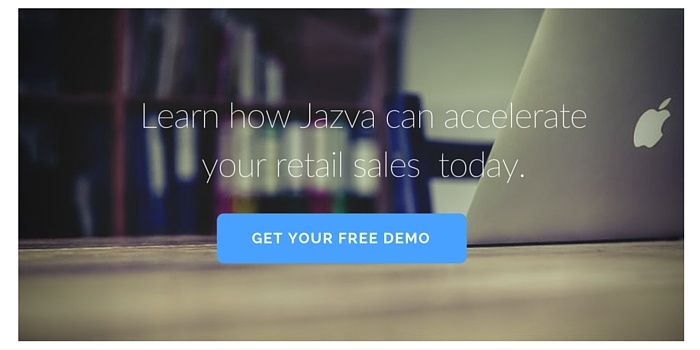Drop shipping offers many advantages for online retailers. By partnering with a good dropshipper, you won’t have to invest in warehouse space or fulfillment systems. Instead, you can focus on building your storefront and expanding your product offerings with lower startup costs.
On the other hand, drop shipping also means handing over your store’s reputation to your dropshipper. Order fulfillment, shipping latency and how returns are handled for drop ship orders greatly impact the customer experience. With this in mind, should you entrust these responsibilities to a third party?
1. Know Your Drop Shipping Partners
When searching for reliable suppliers, you need to know the difference between legitimate wholesale suppliers and retail stores posing as wholesale suppliers. A real wholesaler purchases directly from the manufacturer and usually offers significantly better pricing. If a supplier asks for a monthly membership or service fee, they are likely not legitimate.
A good way to locate true wholesale suppliers is contacting the manufacturers directly. If you know the products you want to sell, ask a manufacturer for a list of its wholesale distributors, then contact these wholesalers and see if they drop ship. In some cases suppliers illegally use a trademarked logo or another company’s intellectual property.
Another good resource is Inventory Source, a free online directory of verified, trusted dropshippers with viewable products and pricing. Carefully evaluate their product quality, customer service, shipping options and return policies.
2. Request a Daily Inventory Stock Status
Inventory visibility is critical to any ecommerce business. Since you don’t manage inventory directly, it’s important for your supplier to send you their daily stock stock status. This information helps you set reasonable expected delivery dates and helps you avoid listing products that are out of stock.
But managing stock status via email or spreadsheets can get messy over time, especially when you sell hundreds of items or sell on multiple channels. To handle high volume orders, you should partner with a dropshipper that provides inventory feeds.
Inventory FTP feeds are scheduled inventory updates that you can run more than once daily. When set up with your dropship vendors, you can have full inventory control, ensuring that you never oversell. Further, an inventory management system that supports both order and inventory feeds can automatically update your listings based on stock and help you plan ahead.
3. Really Evaluate Your Dropshipper's Fulfillment Capabilities
Today’s customers have high expectations when it comes to shipping. When a customer orders an in-stock item from your store, they expect it to be available and to get it right away. When they discover that it’s actually out of stock, or if it takes longer than the estimated arrival, they’re likely to vent on social media or write a negative review on the marketplace forum.
As an online retailer, you have no control over your supplier’s fulfillment operations. Even though it’s the supplier’s fault, you cannot blame your them for fulfillment delays and errors. To the customer, you are the supplier. Backorders, delays and mis-ships will damage your company’s reputation. You will need to take responsibility for any problems that arise and solve them quickly.
Maintaining a solid reputation is vital as a marketplace seller, but your reputation is only as good as your drop ship partner. If your supplier takes too many days to fulfill or consistently sends your customers poor quality merchandise, then it is time to find a different dropshipper.
4. See If a Multi-Dropshipper Strategy Works For You
If you sell items that are in high demand, it may be beneficial to source from multiple wholesale suppliers that offer similar products. This gives you the flexibility to source from an alternative supplier if your main supplier runs out of stock.
Keep in mind, however, that some suppliers change their prices on a monthly basis. It will be a pain to keep track of these changes and make sure you do not sell at a loss. Similarly, every supplier may have their own return policy. Make sure you are covered and have a solid return and exchange system in place.
What’s more, if you decide to drop ship a single order from multiple vendors, you will incur multiple shipping charges. The more hands an order goes through until it reaches the end customer, the less profit you will earn.
5. Minimize Order Errors With Intelligent Automation
Running a drop shipping business at scale will involve juggling numerous shifting factors, such as product and shipping prices, stock availability, tracking information, cancellations, exchanges, and customer support statuses. On top of this, you’ll need to make sure your margins are high enough while still keeping prices competitive.
When you place hundreds of orders across multiple channels and suppliers, something is bound to go wrong. One small miscalculation could damage your reputation or hurt your business in other ways. This is why you need an intelligent automation software that can handle all the complexities and scenarios involved in a high volume drop shipping business.
Jazva is a robust all-in-one ecommerce management solution built to power drop ship businesses. Jazva equips online retailers with all the functionalities they need to scale their business, including real-time inventory control, FTP feeds, multi-channel product management and accounting.






